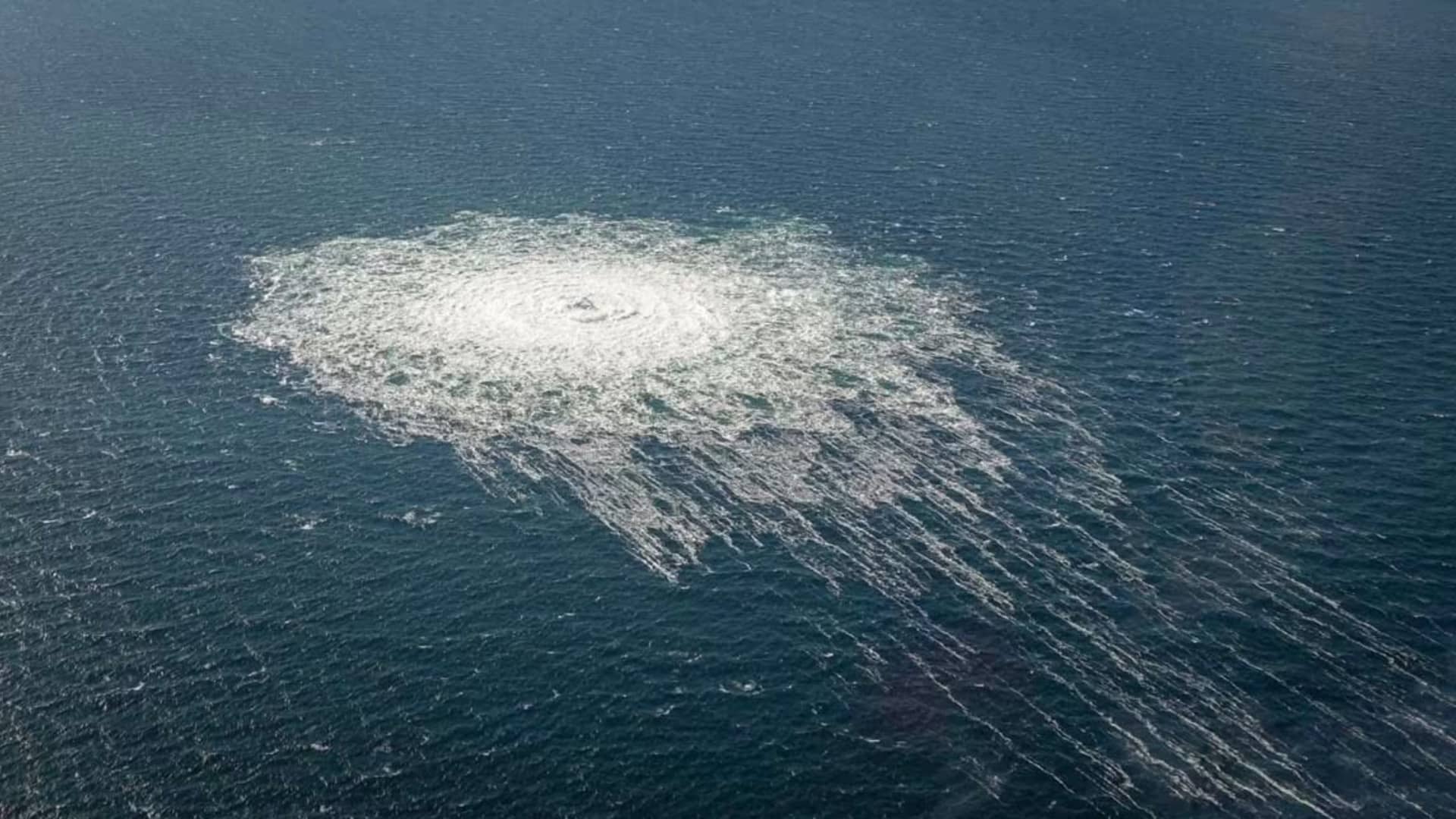Tesla Powerwalls Survive Hours Underwater In Hurricane Ian


A Tesla Solar Roof coupled with a Tesla Powerwall is not an inexpensive home improvement. Many people who live in areas that are subject to flooding and high winds due to storms wonder how well they will stand up to hurricanes like Ian, which tore through Florida last week and left more than 2 million people without electricity. Those are legitimate concerns that couldn’t be addressed previously because there were no real-world experiences involving high winds and flooding.
Until now.
Kelly Roofing is a large roofing contractor in Southwest Florida where Ian came ashore a few days ago. It also is a licensed Tesla Solar Roof installer. Here’s what happened to one of its customers during the storm.
@TeslaSolar roof stood up to #HurricaneIan with 155mph winds and a 10’ storm surge! This Powerwall was underwater for hours and is still working perfectly.@elonmusk @Tesla #powerwall #solarroof pic.twitter.com/fVHmChyXUm
— Kelly Roofing (@KellyRoofing) September 29, 2022
Powerwall FTW! https://t.co/GWAaXXCrYv
— Tesla (@Tesla) September 29, 2022
The company says the roof needs a few small repairs — that will happen when a 30 foot boat lands on it. Other than that, the roof is intact and working perfectly, as are the two Tesla Powerwalls that are part of the owner’s PV system. While the Tesla Powerwall is weatherproof and can be mounted outside, no one ever recommended immersing one in standing water for hours on end. And yet that’s what happened with no apparent ill effects.
No one is pretending that a Tesla Solar Roof plus Powerwall systems isn’t expensive. It is. But don’t assume there are no offsetting benefits. Teslarati tells the story of Marc Gilland of Sacramento, California who installed just such a system, which costs him more than $500 a month. That’s a ton of money, right?
Yes and no. While Gilland does have a new monthly bill to pay, his average utility bill used to be $650 a month in the summer when his air conditioning was on full time. Since his PV system — which includes 3 Tesla Powerwall storage batteries — went online, he now pays just a $10 a month connection charge.
But wait. It gets better. When he was offered a chance to participate in Tesla’s VPP program that offers a $2 per kWh incentive, he signed up immediately and is reaping more rewards. After California’s most recent grid emergency in early September, Gilland’s system sent 35 kWh back to the grid. Overall, his solar and battery system had sent a total of 255 kWh to the grid during the ongoing heat wave, earning him $510 in compensation for just a week’s worth of VPP events. He’s a pretty happy camper.
Sent 35 kWh back to the grid during the @Tesla VPP event tonight for a total of 255 kWh during this heat wave for $510 in compensation. One week of VPP events more than pays the monthly payment for the system. And charges both our cars for free. It just makes too much sense! pic.twitter.com/rzRvR1L91p
— Mahkus (@mahkusg) September 9, 2022
What do you call an expenditure that pays for itself and puts money back in your pocket? An investment. Expect interest in rooftop solar and energy storage to accelerate as word about their affordability and durability spreads. No one wants to be hit by a hurricane, but knowing you will have electricity once it is over when most of those around don’t? Priceless.
Appreciate CleanTechnica’s originality and cleantech news coverage? Consider becoming a CleanTechnica Member, Supporter, Technician, or Ambassador — or a patron on Patreon.
Don’t want to miss a cleantech story? Sign up for daily news updates from CleanTechnica on email. Or follow us on Google News!
Have a tip for CleanTechnica, want to advertise, or want to suggest a guest for our CleanTech Talk podcast? Contact us here.
Advertisement
This post has been syndicated from a third-party source. View the original article here.



